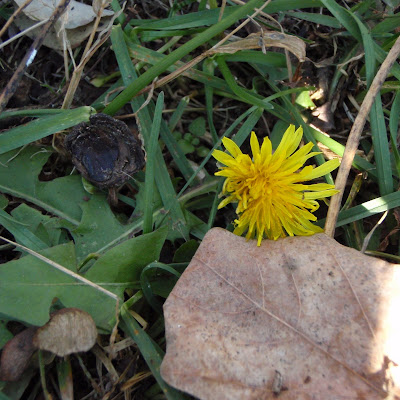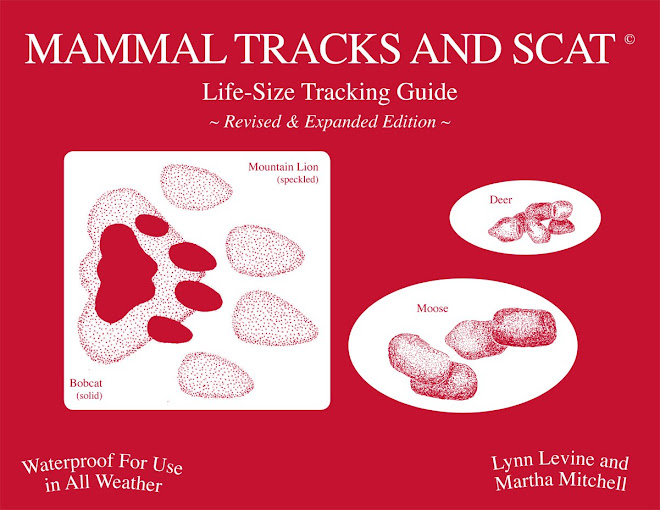

11.26.11 This morning I noticed a large circle of new wood chips on the snow underneath a poplar tree in the woods near my house. While I leaned against a nearby maple tree looking at the work, movement caught my attention. A little brown creeper spiraled up the poplar, stopped to check each of the holes the pileated woodpecker had made, then continued its spiral upward. It dropped to the ground and thoroughly inspected the wood chips as well, then went back to spiral up the tree again.
Farther along my walk, the mahogany color of this quivering Jelly leaf fungus (Tremella foliacea) glistened in the early sun.















